Plan a trip to North East India is not just about visiting a new place it’s beautiful region, tucked away in the far corner of the country, is made up of eight special states: Arunachal Pradesh, Assam, Meghalaya, Manipur, Mizoram, Nagaland, Tripura, and Sikkim. Each one has something unique to offer from snow-covered mountains and quiet monasteries to green valleys, waterfalls, and also rich tribal cultures.

What makes North East India truly special is how untouched and real it feels. The air is fresh, the people are kind, and the traditions are still alive. It’s a place where you can slow down, breathe deeply, and connect with nature and culture in a meaningful way.
But planning a trip here can feel a bit tricky. The roads are long and winding, and information isn’t always easy to find. That’s why this guide is here to help you plan your trip to north east india smoothly and enjoy every moment, whether it’s a short holiday or a longer adventure.
Why Travel to North East India?
Because nowhere else in India feels like this.
This is where clouds drift through forests, bridges grow from living roots, and ancient tribes still dance to rhythms older than memory.
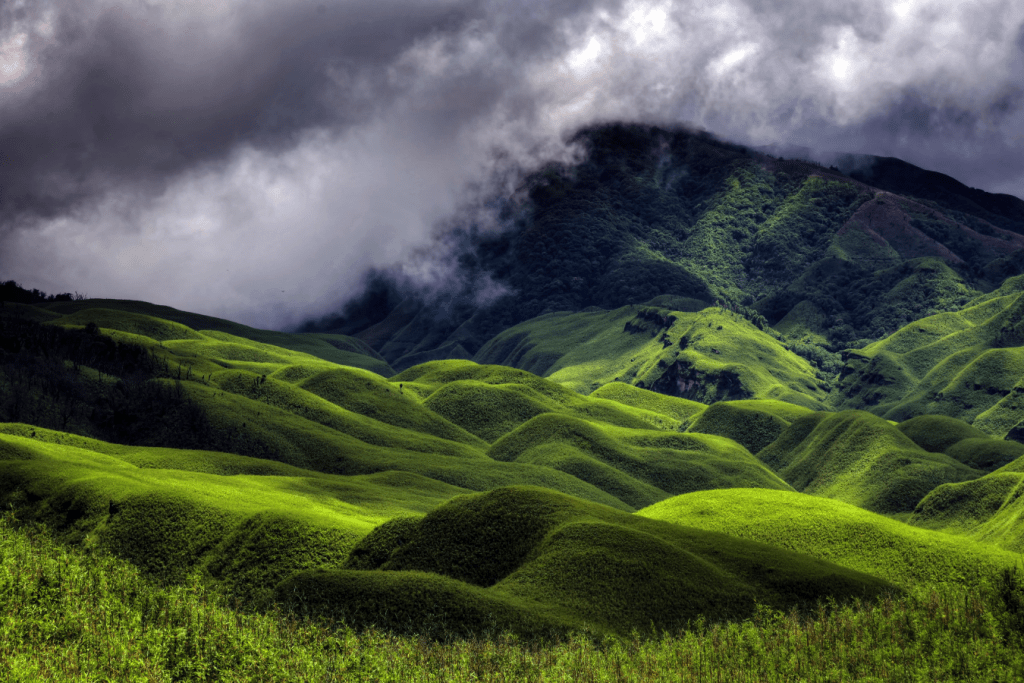
What makes it unforgettable?
- Rivers that glow under the moonlight in Arunachal’s Ziro Valley
- Root bridges in Meghalaya—woven by hand, not built by man
- Tea that tastes like morning rain, fresh from Assam’s gardens
- Dances that tell stories, not performed for crowds, but shared with pride
- Festivals lit by fire and faith, where entire villages come alive
- Floating islands on Loktak Lake, still unknown to most maps
This isn’t a place to tick off sights. It’s a place to feel something rare and real.
Best Time to Visit North East India
Timing matters. North East India has changing weather patterns across different states, so the right season makes a big difference to plan a trip.

Ideal travel months:
- October to April – Cool, dry, and perfect for sightseeing, hiking, and festivals
- Avoid June to September – Monsoon rains are heavy and can block roads, especially in the hills
Bonus Tip: Visit during festivals like Hornbill Festival (Nagaland) in December or Losar (Sikkim) in February for rich cultural experiences.
Key Places to Visit in North East India (State by State)
You can’t explore all eight states in one go and honestly, you shouldn’t try. The beauty of North East India lies in slowing down. So, choose the states that match your interests best, whether you’re drawn to mountains, culture, wildlife, or hidden heritage. Here’s a closer look at what makes each state worth visiting.
1. Arunachal Pradesh – Land of the Dawn-lit Mountains
If you want snow-covered passes, quiet monasteries, and untouched valleys, then Arunachal is your kind of place. Tucked away at the top edge of the region, this state blends Tibetan-Buddhist spirituality with tribal life and breathtaking scenery. So peaceful, yet so wild.
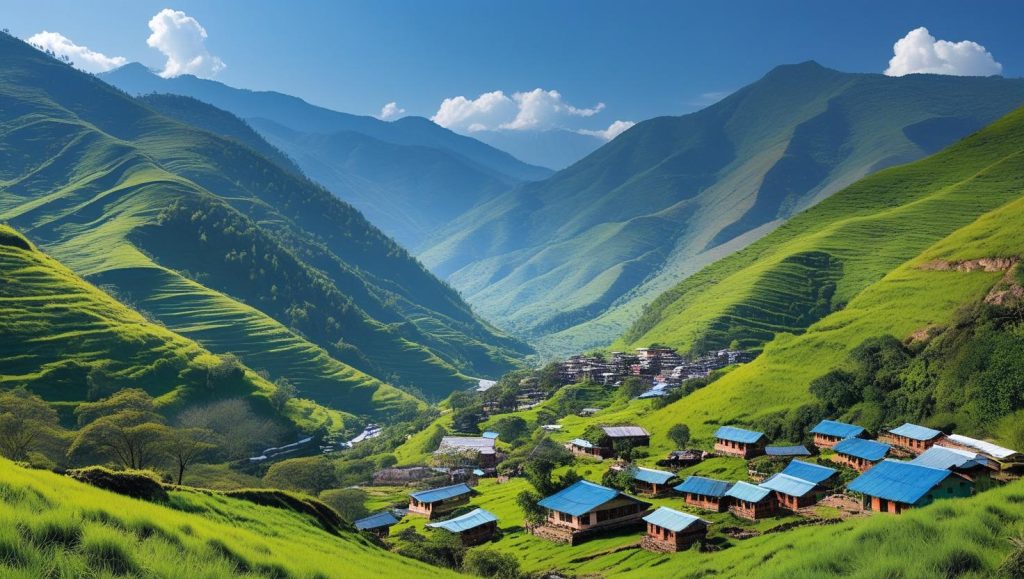
Must-visit highlights:
- Tawang Monastery – the largest in India, wrapped in mountain silence
- Ziro Valley – green fields, Apatani tribal culture, and music festivals
- Sela Pass – a high-altitude drive through snow and clouds
🔒 Note: Inner Line Permit (ILP) required
2. Assam – The Heartbeat of the North East
Assam welcomes you with wide rivers, tea-scented air, and golden fields. It’s a land where wildlife and culture meet so whether you’re cruising the Brahmaputra or spotting rhinos in Kaziranga, you’ll feel the quiet strength of this beautiful state.
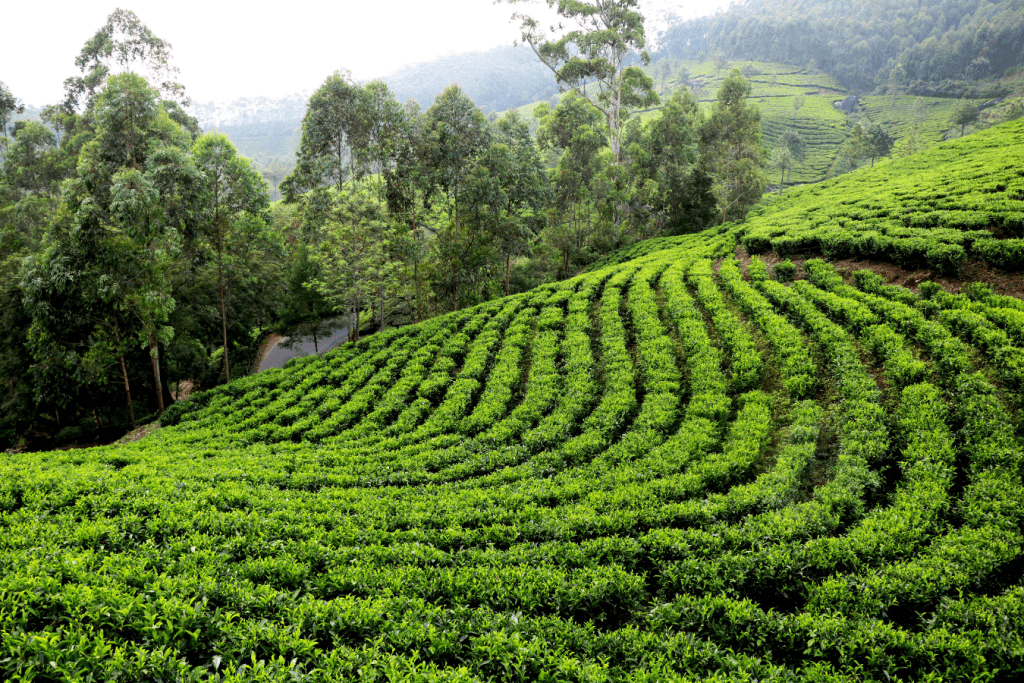
Must-visit highlights:
- Kaziranga National Park – home of the rare one-horned rhino
- Majuli Island – one of the world’s largest river islands
- Sivasagar – ancient Ahom kingdom architecture and temples
3. Meghalaya – Where the Earth Breathes Green
Meghalaya means “abode of clouds,” and the name fits. During your visit, you’ll walk across living root bridges, chase waterfalls, and explore caves hidden in forested hills. Also, it’s home to Asia’s cleanest village — proof that nature and people can live in perfect harmony.
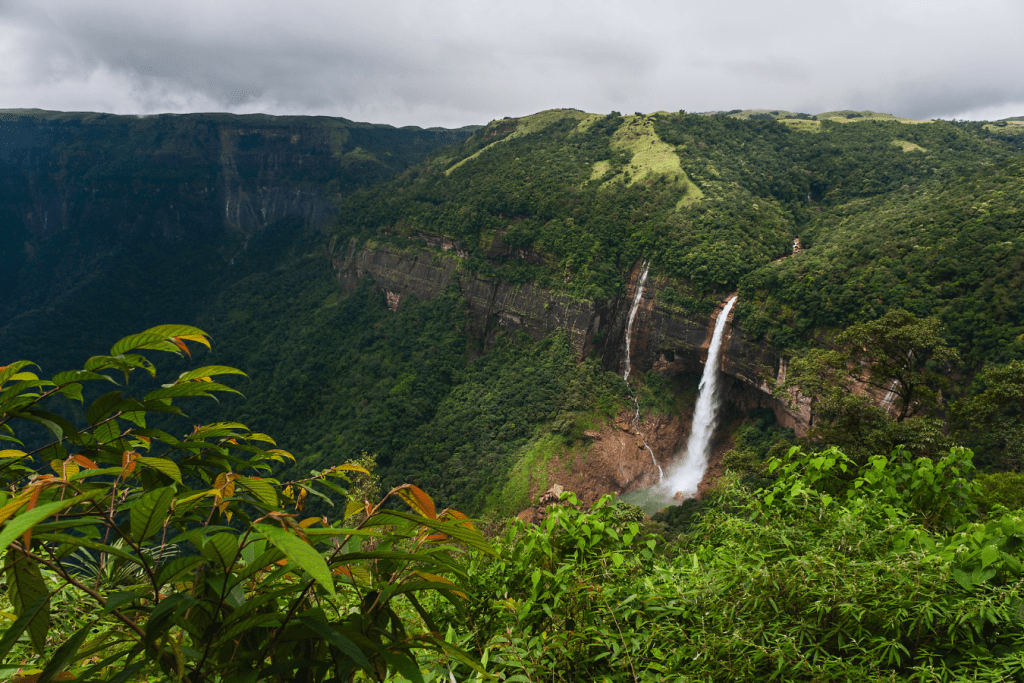
Must-visit highlights:
- Cherrapunji & Mawsynram – among the wettest places on Earth
- Mawlynnong – a picture-perfect, eco-friendly village
- Dawki River – crystal-clear water so pure it looks invisible
4. Sikkim – A Himalayan Gem
If you’re dreaming of high mountains, prayer flags, and snowy lakes, then Sikkim is where you should go. It blends adventure and peace both thrilling and deeply spiritual. Whether you’re trekking in Yumthang Valley or sipping tea in Gangtok, the silence of the mountains is always near.
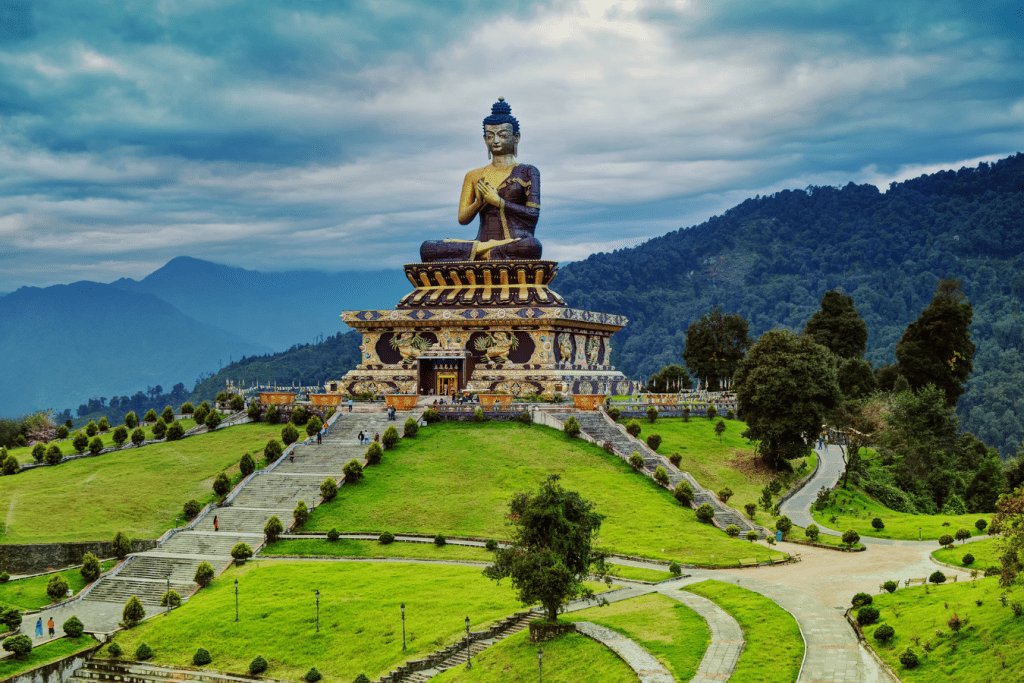
Must-visit highlights:
- Gangtok – a clean, friendly hill town with great views
- Gurudongmar Lake – one of the highest lakes in the world
- Nathula Pass – a road to the Indo-China border lined with snow
5. Nagaland – Culture in Every Beat
Nagaland feels like stepping into a living museum of tribal life. It’s both raw and colorful — where age-old traditions blend with modern energy. Visit during the Hornbill Festival to witness dances, food, and music that celebrate the soul of the Naga people.
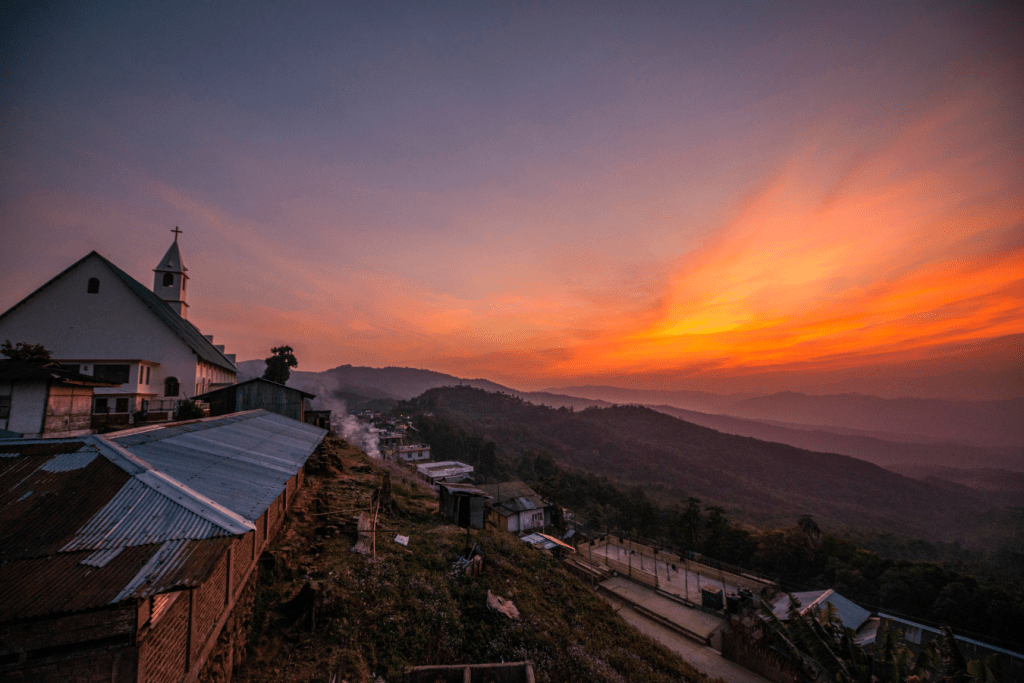
Must-visit highlights:
- Kohima – the capital with World War II history
- Dzükou Valley – a serene trek with blooming lilies
- Hornbill Festival – the “festival of festivals” showcasing 16+ tribes
🔒 Note: Inner Line Permit (ILP) required
6. Manipur – Grace in Every Move
Manipur is where you go to feel art, not just see it. The people here move with elegance, and the culture is rich with music, dance, and storytelling. Also, its landscapes from floating lakes to green hills make it one of the most unique states in the region.
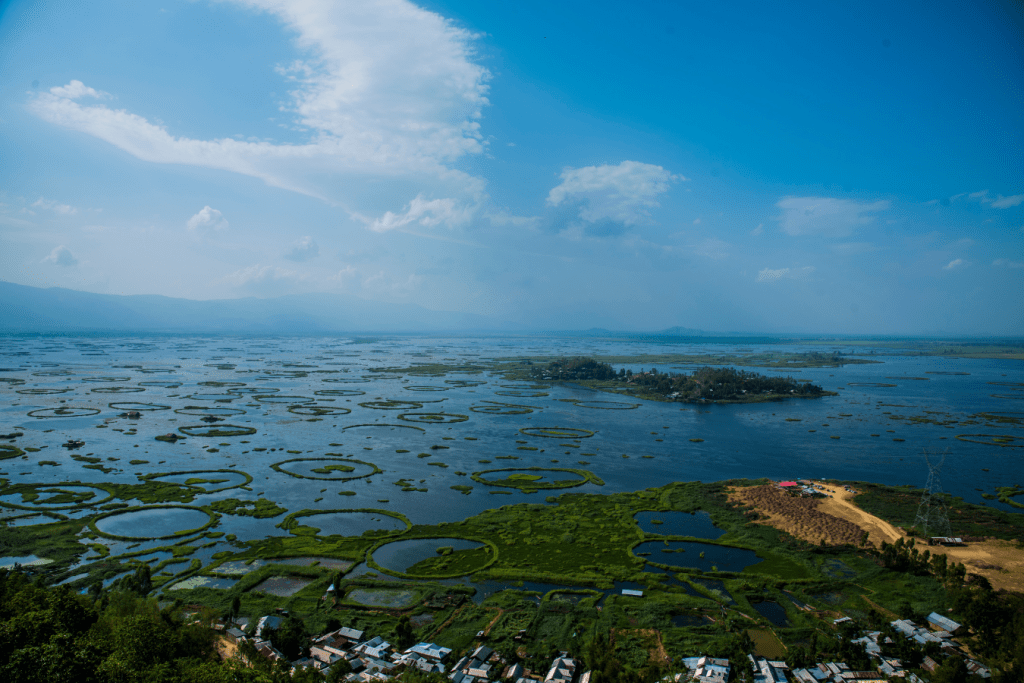
Must-visit highlights:
- Loktak Lake – with floating islands (phumdis) you won’t find anywhere else
- Kangla Fort – symbol of Manipur’s royal past
- Imphal – a city full of museums, culture, and resilience
7. Mizoram – Quiet, Green, and Undiscovered
Mizoram isn’t loud or crowded and that’s exactly its charm. If you’re looking for quiet beauty, rolling hills, and local life untouched by tourism, then this state offers a peaceful escape. It’s best explored slowly, with a camera in one hand and curiosity in the other.
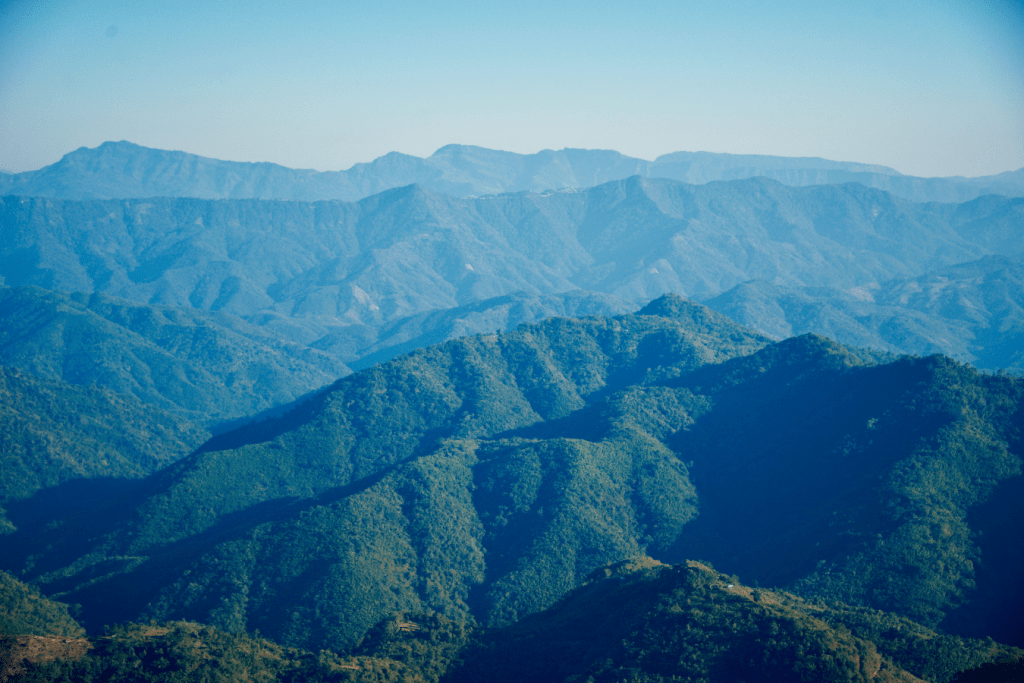
Must-visit highlights:
- Aizawl – the scenic hill capital
- Reiek Tlang – a mountaintop village with panoramic views
- Vantawng Falls – a tall, beautiful waterfall hidden in forest
🔒 Note: Inner Line Permit (ILP) required
8. Tripura – Where History Sleeps in Stone
Tripura often goes unnoticed which makes it perfect for travelers who love discovering hidden stories. The state blends royal palaces with tribal traditions and quiet temples. So, if you enjoy heritage, architecture, and slow travel, Tripura is a surprising delight.

Must-visit highlights:
- Neermahal Palace – a floating lake palace, rare in India
- Unakoti – ancient rock carvings in a forest setting
- Ujjayanta Palace – a regal landmark in Agartala city
Each of these states offers a different rhythm. Some call to your adventurous side, others offer peace and introspection. So plan with care and love. Whether you visit two states or five, the North East will leave a mark on your heart.
How to Get There and Move Around
Traveling in North East India is slow but rewarding. The pace lets you enjoy the beautiful landscapes and meet warm local people.
Getting There
Most travelers fly into Guwahati, Assam, the main gateway with good connections from major Indian cities. You can also fly directly to Bagdogra (Sikkim), Imphal (Manipur), Aizawl (Mizoram), and Agartala (Tripura) depending on your plan.
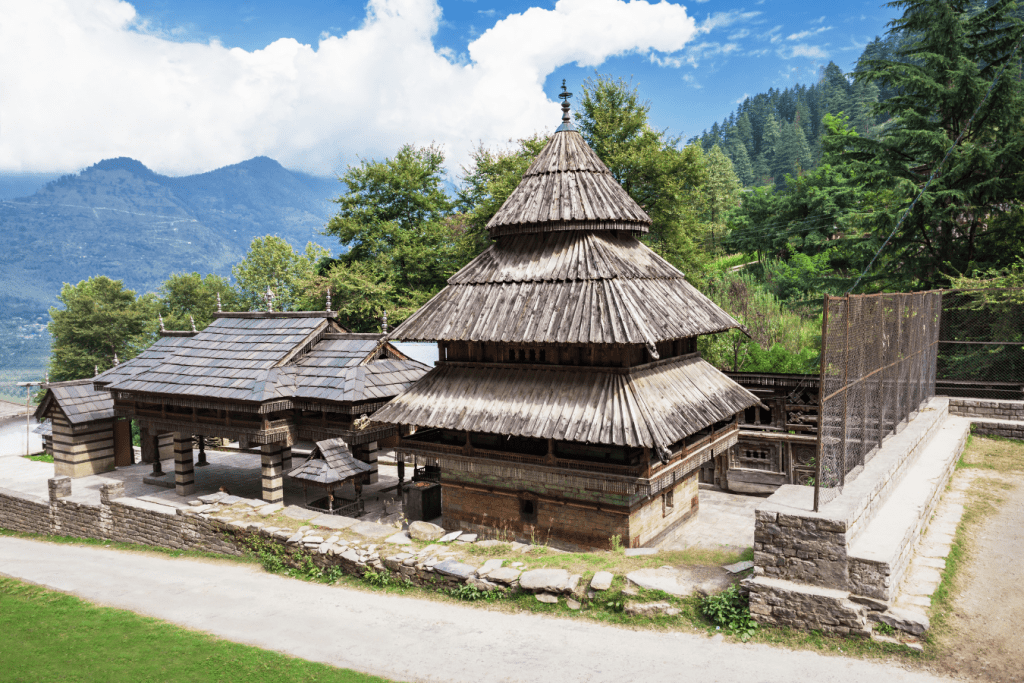
Getting Around
- Shared jeeps and taxis are common and affordable for short trips.
- Private cabs offer comfort and flexibility for longer journeys.
- Buses run on some routes but aren’t always reliable.
- Inner Line Permits (ILP) are needed for Arunachal Pradesh, Nagaland, and Mizoram, so get them before you travel.
Plan your trip slowly and enjoy the journey — the roads may be winding, but the views are unforgettable!
For easier travel, check out TravelParo packages that cover transport, permits, and guides.
Travel Permits You May Need
If you are an Indian traveler, you need a special permit called Inner Line Permit (ILP) to visit Arunachal Pradesh, Nagaland, and Mizoram. So, get it before your trip.
If you are a foreign traveler, you need a Protected Area Permit (PAP) to visit Arunachal Pradesh.
Rules can change, so check the permit requirements for each state before you go. You can apply online or at the state tourism office.
Unique Foods to Try in North East India
Traveling to North East India with a plan is not just about seeing stunning landscapes it’s also about tasting the soul of the region. The food here is a beautiful reflection of its rich culture, fresh ingredients, and timeless traditions.
Smoked Pork with Bamboo Shoot (Nagaland)
A tender pork slowly smoked over wood fires, cooked with tangy bamboo shoots and also aromatic herbs. This dish is a true celebration of tribal flavors rustic, smoky, and deeply comforting.

Assamese Fish Curry (Assam)
Fresh river fish cooked gently in mustard seeds and local spices creates a light yet unforgettable curry. It’s the taste of Assam’s rivers and fields in every bite, perfect to enjoy with steaming rice.
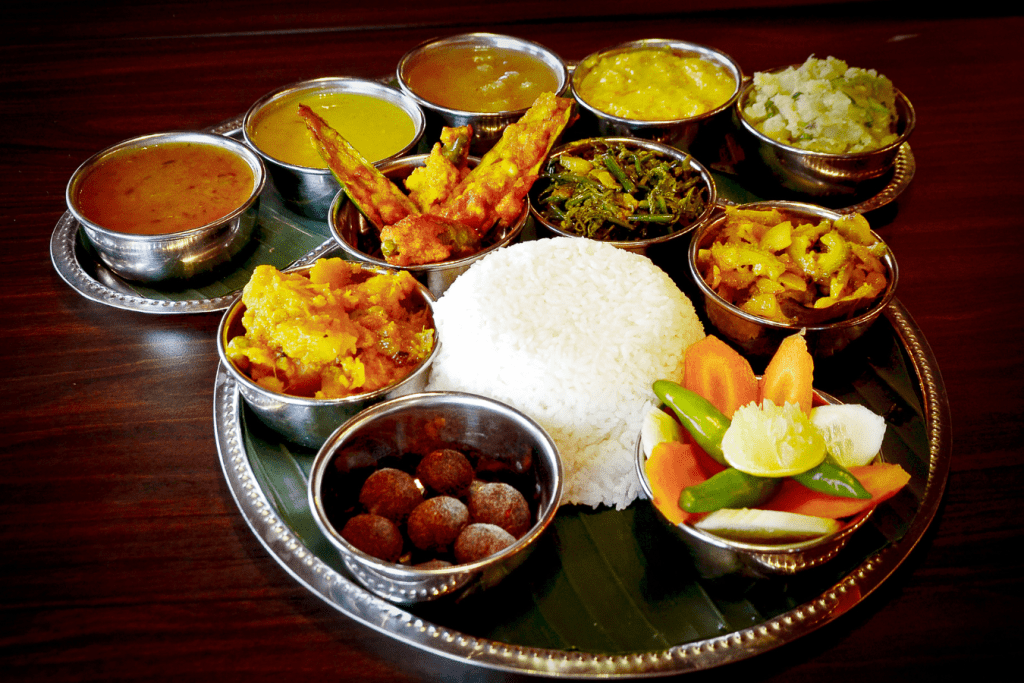
Bamboo Shoot Delights (Meghalaya & Mizoram)
Bamboo shoots are a gift of the forests here, sour, crunchy, and vibrant. Whether stir-fried with garlic and chilies or cooked with pork or vegetables, they add a special zing that makes every meal joyful.
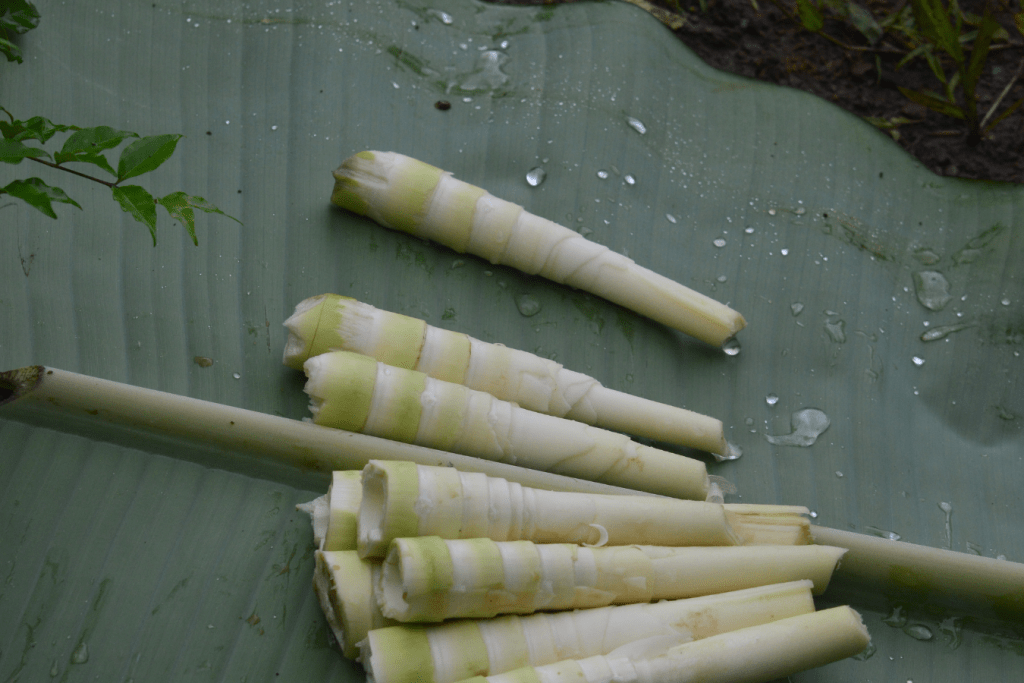
Thukpa (Sikkim)
Warm your heart with this Himalayan noodle soup, also filled with fresh vegetables or tender meat. Each spoonful is a hug on a chilly mountain day — soothing and satisfying.

Eromba (Manipur)
Spicy, mashed vegetables mixed with a touch of fermented fish make this dish unforgettable. It’s a bold, vibrant taste of Manipuri culture that invites you to savor every bite.
Chak-hao Kheer (Manipur)
End your meal on a sweet note with this luscious black rice pudding. It’s creamy, fragrant, and feels like a loving dessert so crafted from nature’s best.
Mui Bor (Tripura)
A smoky, fermented fish condiment that adds a punch of flavor to any dish. It’s a taste that connects you to Tripura’s ancient kitchens and vibrant traditions.
Where to Stay and What to Pack
When you visit North East India, staying in homestays, eco-resorts, and cozy guesthouses is a wonderful way to feel at home. These places offer not just comfort but also delicious home-cooked meals and the chance to connect with warm local families. So, your stay becomes part of the experience, filled with love and genuine hospitality.
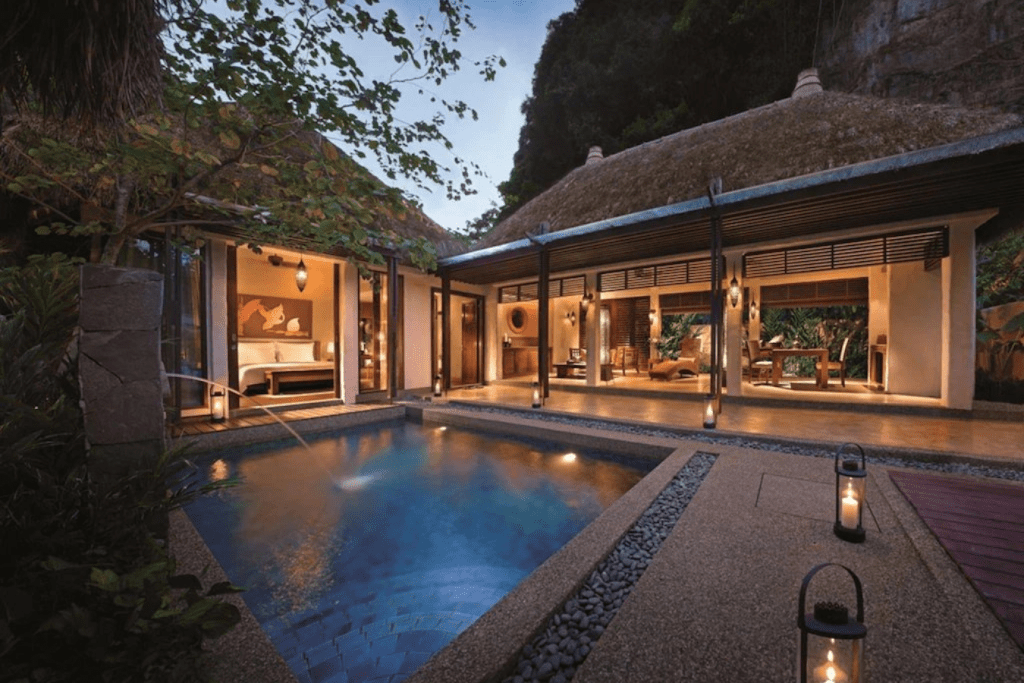
What to Pack
Since the weather can be unpredictable, packing smart is key to enjoying your trip comfortably:

- Warm clothes — Even in summer, the hills can get chilly, so bring layers to stay cozy.
- Rain gear — The weather can change quickly, so don’t forget your umbrella or raincoat.
- Comfortable walking shoes — You’ll want these for exploring forests, villages, and markets.
- Essentials like a power bank, torchlight, and a basic medicine kit — To keep you prepared and safe on your adventures.
Conclusion
To plan a trip to North East India is not just about going to new places — so it’s about feeling something special. The mountains, rivers, forests, and people will touch your heart in ways you won’t forget.
Each state has its own charm. Whether it’s the quiet lakes of Manipur, the snowy views in Sikkim, or the warm smiles in Mizoram — this region is full of beauty, culture, and stories.
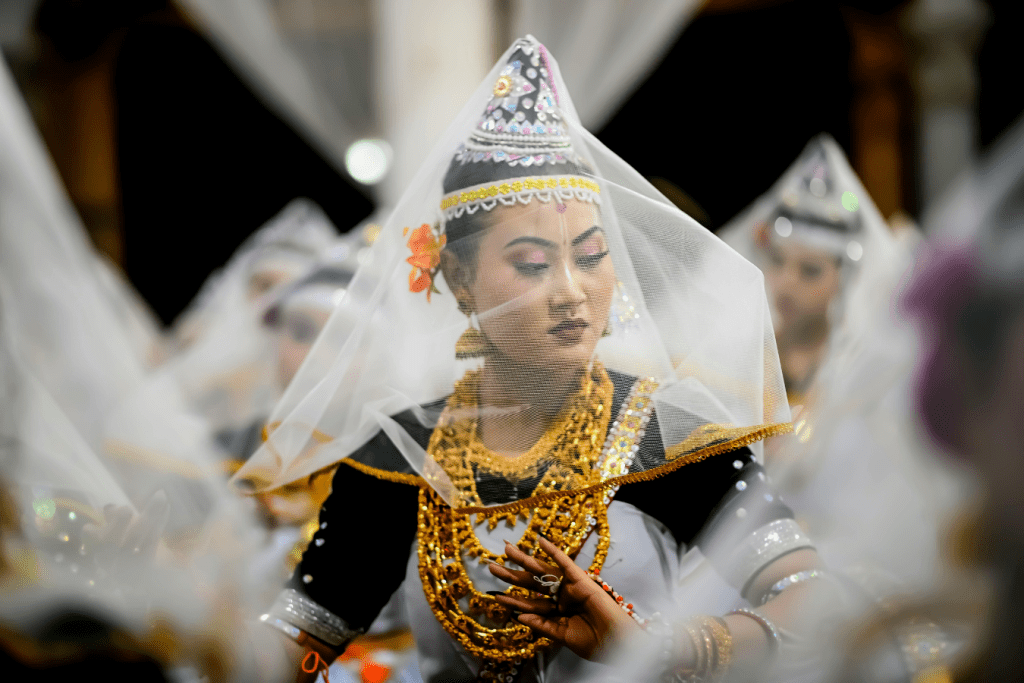
Yes, planning may take a little more time — with permits, routes, and travel options — but it’s worth it. Every step brings you closer to something real and meaningful.
So, take your time, plan with love your trip, and let North East India welcome you with open arms.